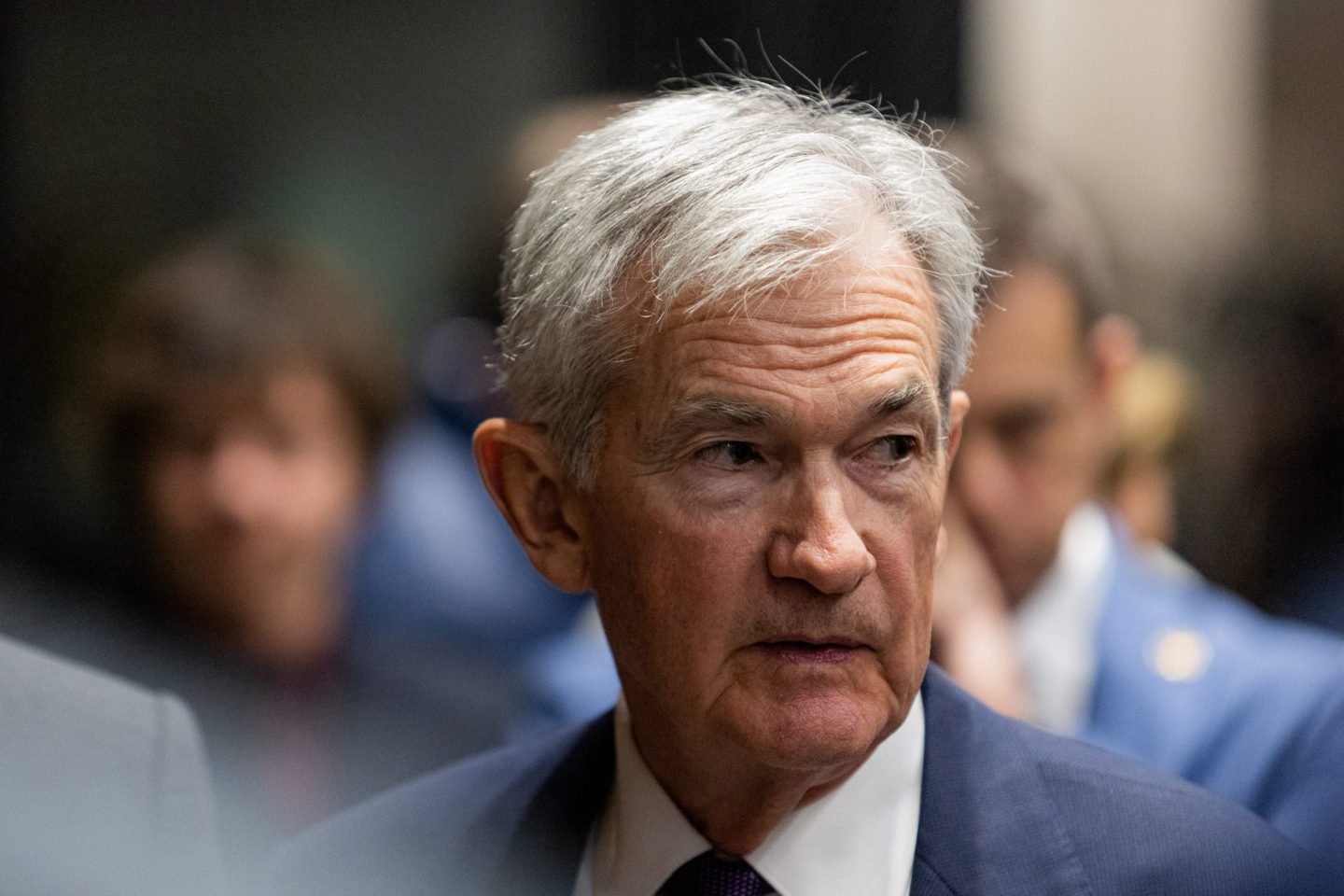For decades, American politicians and investors have snickered at the nations that gave birth to Western democracy—Italy and Greece—as examples of fiscal excess. Italy, with its revolving-door governments, and Greece, with its bailouts and austerity hangovers. But now, it’s their transatlantic descendant that’s writing the biggest checks.
According to new forecasts from the International Monetary Fund (IMF), America’s debt—which recently surpassed $38 trillion—is set to rise faster than almost any advanced economy’s, climbing from roughly 125% of GDP today to about 143% by 2030. That would push the U.S. above both Italy, which has a debt that is expected to hover near 137% of the country’s GDP, and Greece, expected to fall to around 130%. For the first time in modern history, Washington could find itself borrowing more, relative to the size of its economy, than the very nations it once held up as cautionary tales.
The latest driver is President Donald Trump’s “One Big, Beautiful Bill Act.” Passed by Congress this summer, the sweeping legislation pairs deep tax cuts with a ramp-up in federal spending, including half a trillion for a proposed “Golden Dome” missile defense shield. Experts at the Bipartisan Policy Center estimate that the bill will cost $4 trillion over the next 10 years, with tax cuts making it more difficult to close the gap.
To be sure, Trump’s second-term policies are within the same levels of spending as previous administrations. The nonpartisan Tax Policy Center estimates that the total amount of federal relief measures taken after the COVID-19 pandemic—much of which involved former President Biden’s policies—reached $5 trillion, resulting in deficits not seen outside of wartime. While many of those budget excesses were temporary, the center notes, the U.S. will still pay for it for decades to come in the form of higher interest rates. The infrastructure bill passed during Biden’s tenure amounted to $1.2 trillion.
The Congressional Budget Office projects the total national debt will exceed $38 trillion by 2029, growing roughly $7 trillion a year.
‘Symbolic moment’
Meanwhile, the European economies that once defined fiscal chaos have stabilized. Italy, still burdened by low growth and an aging population, has brought its deficit below the European Union’s 3% limit a year ahead of schedule. Greece, which saw its debt ratio balloon above 200% during the COVID-19 crisis, has cut it almost in half through spending restraint and tax reforms. Both countries are now running small primary surpluses—meaning they take in more than they spend, before interest payments.
“It’s a symbolic moment,” Mahmood Pradhan, head of global macro at the Amundi Investment Institute, told the Financial Times. “The U.S. is entering a period of persistent deficits, while Italy and Greece, after painful lessons, are living within their means.”
Still, the shift may not last. Lorenzo Codogno, a former chief economist at Italy’s Treasury, told theGuardian that Trump’s tariff escalations and demands for higher European defense budgets could tempt governments in Rome and Athens to loosen their belts, following the bad example.
“Public finances remain vulnerable to a sudden negative shift in the global scenario,” he said.
For now, though, the optics—and the irony—are striking. “Many in Washington have long looked down on Europe’s slow-growth economies,” James Knightley, chief international economist at ING, told the Guardian. “But when the numbers look like this, the conversation changes.”










